

Circle of Concern
Goal
This technique is good for separating out lower from higher priorities, and gaining ownership for action.
Instructions
Sphere of Influence
This technique is good for separating out lower from higher priorities, and gaining ownership for action. A Circle of Concern encompasses the wide range of concerns we have, such as our health, our children or problems at work.
A Circle of Influence encompasses those concerns that we can do something about. They are concerns that we have some control over. Stephen Covey defines proactive as “being responsible for our own lives our behaviour is a function of our decisions, not our conditions. Proactive people focus on issues within their circle of influence. They work on things they can do something about. The nature of their energy in doing this is positive, enlarging and magnifying. They increase their Circle of Influence.
Reactive people tend to neglect those issues that are under their control. Their focus is elsewhere and their Circle of Influence shrinks.
“What external factors are impinging on your success - what do you have on your plate right now?”
This is like a reality check - draw a circle and fill in their answers around outside perimeters - just the “headlines” not the nitty gritty issues.
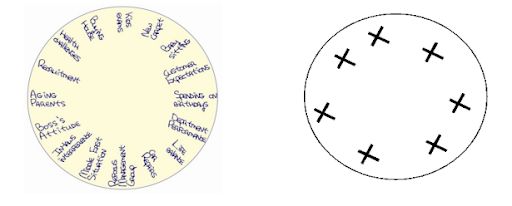
“This is your Circle of Concern – and this is you in the middle.” Then draw arrows in (only draw short arrows to allow for the next step).”
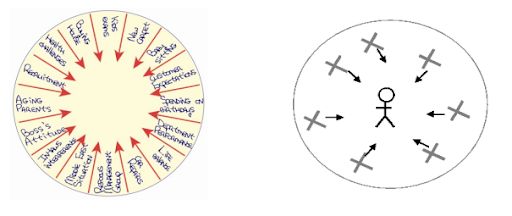
Restate issues back to them and ask, “What is this a picture of?” “What does it feel like to have all these issues on your plate?”
Common responses – typical day at the office /life/stress. This gets them ‘on the balcony’ (to take a big picture view)
and gives them a degree of distance from everything on their plate.
“How would it feel to be able to separate these?” Draw a circle around person in the middle.”
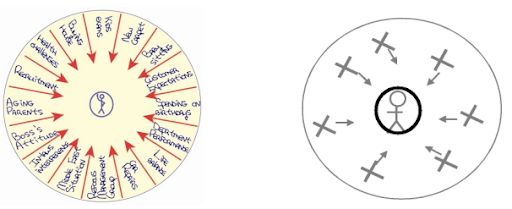
“Now we have separated what you are concerned about vs. what you can control. This is your Circle of Control. What do you have control over?”
Write these inside the circle of control (facilitate them towards things like behaviour, our emotions, attitude, perception, thinking and response – these are pretty big things to have control over).
“If we took just one of the things you can control and shifted it constructively, what influence would it have?”
“When we start to make choices about the things we can control, we gain power and start to exert real influence.”
Draw arrows coming out from the circle of control.
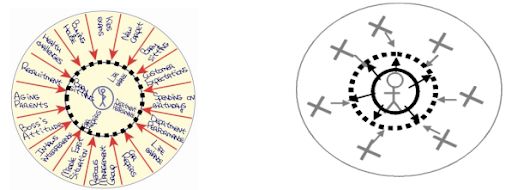
“The arrows represent you being able to take control of the things ONLY YOU CAN CONTROL – and therefore extends your Circle of Control and your influence.”
An option at this stage is then to coach and/or support them to take positive action towards making the key ideas in the CIRCLE OF CONTROL a reality. For example, what 2-3 specific behaviours are they committing to that will make a difference?
(Below image for workbook)
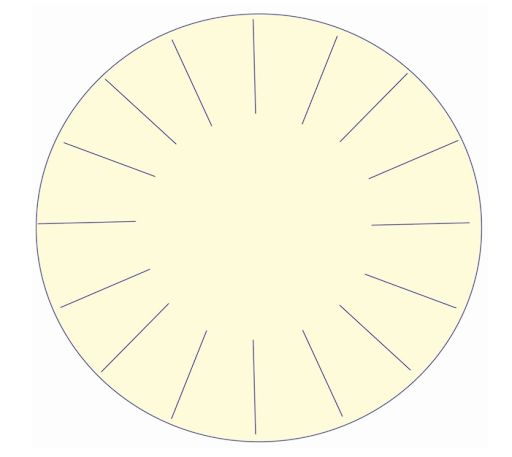
Background
Summary of Steps
1. What do you have on your plate? (Write in concerns around circle).
2. Draw human stick figure in the middle and then arrows from concerns pointing to figure.
3. Restate their concerns – What is this a picture of?
4. How would it feel if we could separate your concerns from what you can control?
5. Draw a circle around stick figure.
6. What do you have control over? (write these inside their circle of control).
7. If we took just one of the things we can control and focused on our concerns, what difference could it make?




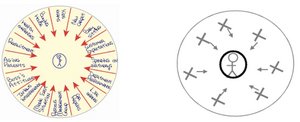


Comments (0)